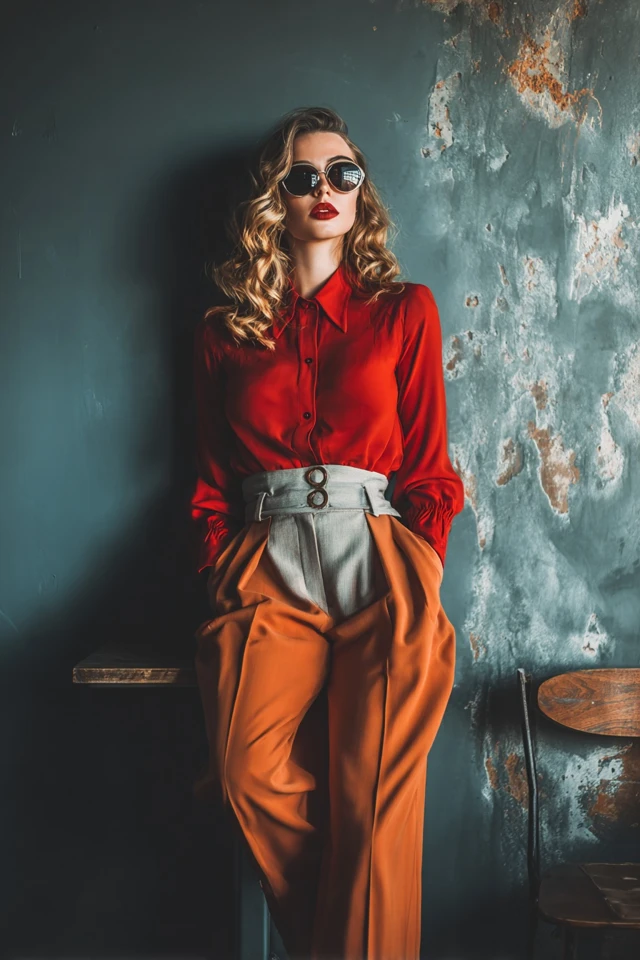Introduction
It was a crisp Monday morning when I slipped into a perfectly tailored navy blazer paired with a blush silk blouse—a combination I carefully curated not just for style but for the confidence it would invoke. Walking into my office, I noticed the subtle but unmistakable shift in how colleagues engaged with me. That moment crystallized for me the profound impact that thoughtfully chosen office outfits can have, not only elevating appearance but also reinforcing presence and professionalism.
Modern office outfits are no longer constrained by outdated notions of formality. As workplaces evolve, so should our wardrobes, reflecting a harmonious blend of individual expression and the universal language of dressing to impress. Navigating this balance requires more than just following trends; it demands an understanding of how fabric, color, silhouette, and style interact with personality and perception.
About the Author and My Trend Boutique
In this detailed wardrobe edit, I draw from my background as a fashion expert specializing in color psychology to offer you an engaging and practical guide. Whether you are refreshing your closet or aiming to craft a versatile collection that embodies confidence and sophistication, this post will empower you with the knowledge and inspiration to embrace modern office fashion with intent and joy.
Foundational Concepts
Before diving into specific outfits and styling tips, it’s essential to understand a few key concepts that inform smart wardrobe choices. Three pillars guide the modern professional’s clothing philosophy: color psychology, trend forecasting, and dressing to impress.
Color Psychology
Color psychology examines how hues affect human behavior, perception, and mood. This field of study reveals that choosing the right colors isn’t just aesthetic—it’s strategic. For example, wearing blue can suggest trustworthiness and calmness, while red often communicates power and dynamism. My own research supports these ideas, showing how women who integrate signature colors aligned with their personality report higher confidence levels at work.
Trend Forecasting
Staying informed about upcoming fashion trends helps maintain a wardrobe that feels fresh and relevant. However, trend forecasting is not about following every new fad blindly—it’s about identifying the styles and colors that resonate with your unique style and office culture. It becomes a tool for personalization rather than replication. I recall advising a client who loved an emerging color trend but hesitated; by blending the trend with timeless neutrals, she created a chic but professional look that felt authentically hers.
Dressing to Impress
Dressing to impress goes well beyond impressing others—it’s about how clothing shapes your self-perception and interactions. Studies show that when individuals dress thoughtfully, they not only boost others’ perceptions of them but also experience greater self-assurance and cognitive performance. A modern office wardrobe balances professionalism with comfort, allowing you to express competence and creativity seamlessly.
Picture Gallery
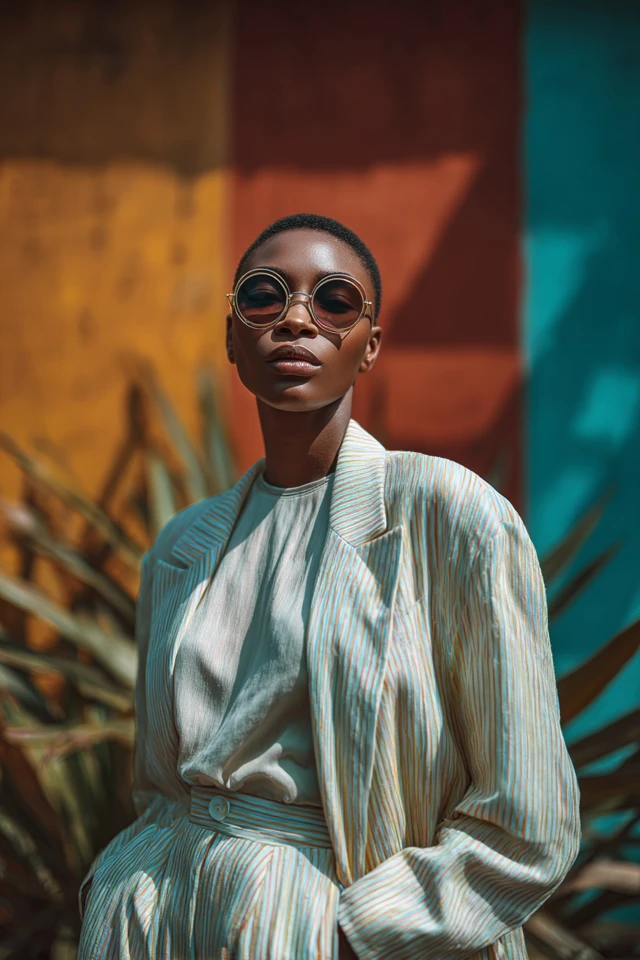
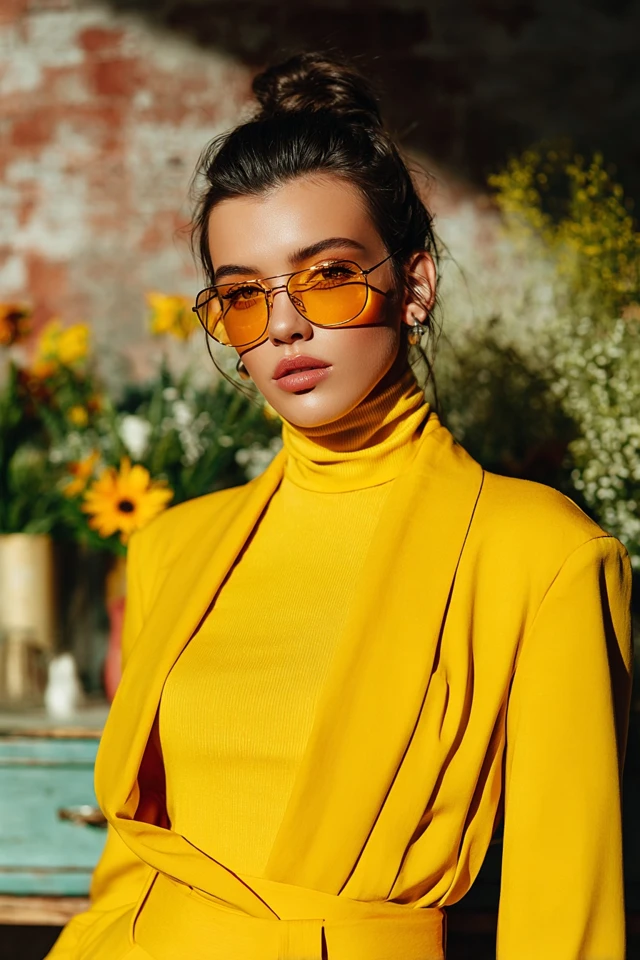
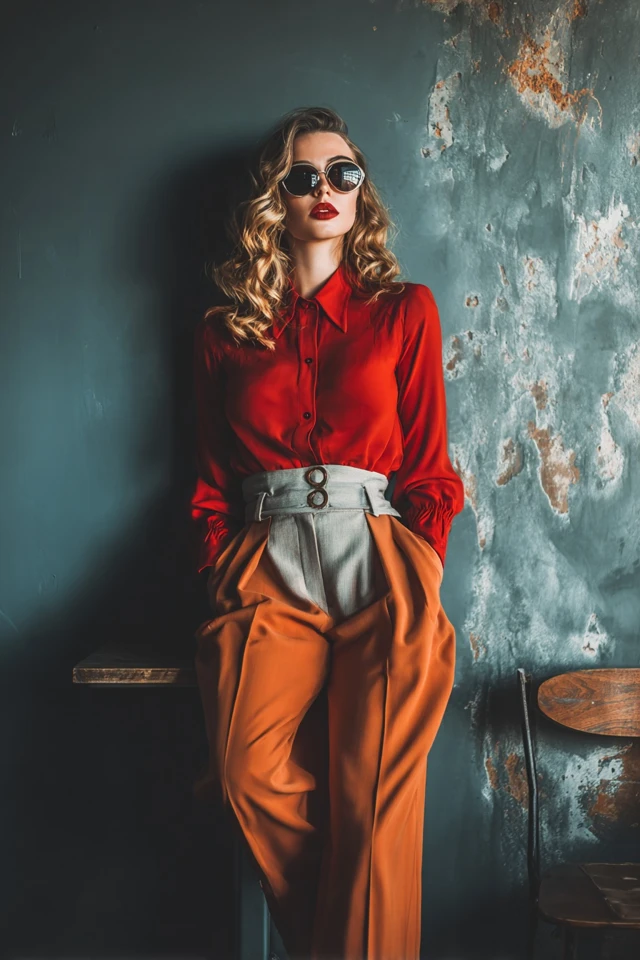
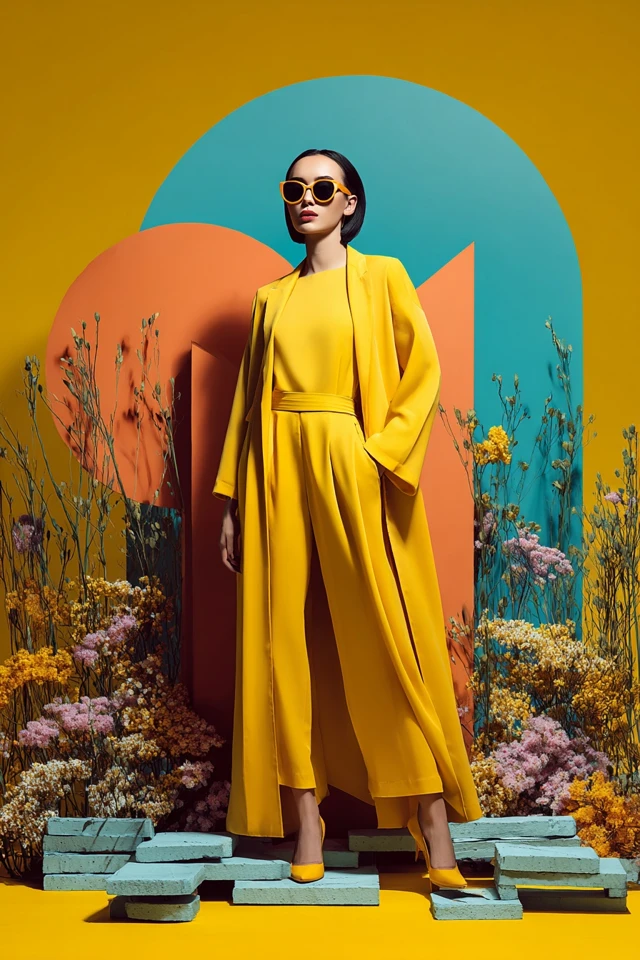
Color Psychology & Emotional Impact
Our choice of colors in office attire profoundly impacts emotional states and interpersonal dynamics. This influence is supported by extensive psychological research linking color to mood and first impressions. Wearing certain colors can elevate your confidence, reduce anxiety, and even influence others’ perceptions of competence and approachability.
Blue: Universally associated with trust, calmness, and stability, blue tones—from navy to cerulean—are ideal foundation colors for office wardrobes. They foster calm environments and convey reliability.
Red: A powerful hue symbolizing energy, passion, and leadership. Incorporating red through accessories or statement pieces can enhance presence, especially in meetings or presentations.
Neutrals: Colors like beige, gray, and black communicate sophistication and versatility. They serve as a perfect canvas, enabling you to highlight vibrant accents while maintaining professionalism.
Green and Earth Tones: These evoke balance and growth, ideal for creative workplaces or roles involving collaboration.
Alt text suggestion for color swatch images: “Swatch of navy blue fabric representing trust and calmness,” “Bright red fabric swatch symbolizing energy and leadership,” “Neutral beige fabric swatch conveying sophistication.”
Understanding such nuances can guide outfit planning—for example, choosing calmer shades for everyday wear and saving accent colors for moments requiring heightened engagement.
Personal Style & Body Type Considerations
Modern office style should be tailored not only to workplace norms but also to individual body types and skin tones, creating harmony between garment and wearer. When clothing fits properly and considers your unique features, it enhances confidence and communicates authenticity.
Silhouettes: Identify silhouettes that best suit your body shape. For example, an A-line skirt flatters pear shapes by accentuating the waist while balancing hips; a tailored blazer with clear shoulder lines enhances hourglass figures by emphasizing definition.
Fabrics: Opt for breathable, wrinkle-resistant fabrics like wool blends or high-quality cotton to maintain polish throughout the day. Sheer or clingy fabrics can be tricky; layering can help manage these challenges.
Hues: Consider your skin undertone when selecting color palettes. Cool undertones often harmonize with jewel tones like sapphire or emerald, while warm undertones take well to earthy shades such as mustard or terracotta.
Quick Personal Style Checklist
- Do I know my body shape and which silhouettes flatter it?
- Have I identified my skin undertone to guide color choices?
- Do my current wardrobe pieces align with both my professional role and personal comfort?
- Am I incorporating fabrics that support all-day wearability and style retention?
- Do I have foundational pieces that can be mixed with trend-forward items?
Use these questions as a starting point to curate pieces that celebrate and support your uniqueness rather than forcing conformity.
Current Trends & Timeless Classics
The beauty of modern office wardrobes is the opportunity to blend cutting-edge trends with timeless staples. Current fashion trends emphasize sustainability, vibrant colors, and versatile tailoring—elements perfectly suited for professional settings.
Trending Colors: This season, soft pastels like lavender and mint are popular, bringing a fresh and uplifting energy to office wear. Metallic accents and warm neutrals like camel are also trending, offering subtle elegance.
Styles: Relaxed tailoring continues to gain momentum. Think wide-leg trousers and oversized blazers crafted from premium fabrics. These pieces offer comfort without sacrificing professionalism. Stylish knitwear and modern shirting with statement collars provide options for layering.
Timeless Classics: Certain garments remain perennial favorites due to their adaptability: a well-fitted black blazer, a crisp white button-down shirt, tailored pencil skirts, and classic trench coats. Investing in these essentials creates a robust wardrobe foundation that supports experimentation.
Combining these elements, for example, pairing a pastel blouse with traditional navy trousers, results in looks that feel effortless yet intentional. For inspiration on incorporating trends thoughtfully, Vogue’s trend reports offer curated, professional insight.
Practical Tips & Recommendations
Building and maintaining a modern office wardrobe can seem overwhelming, but strategic steps can simplify the process.
- Shopping Strategy: Prioritize quality over quantity. Invest in versatile pieces that can mix and match effectively. When shopping, try different colors to step out of your comfort zone in a controlled manner.
- Wardrobe Maintenance: Care for your garments by following proper washing instructions and investing in basic alteration services to achieve perfect fits. Frequent wardrobe editing helps remove outdated or ill-fitting clothes, keeping your collection fresh.
- Layering Techniques: Use layers to transition between seasons easily and add dimension. A lightweight turtleneck under a sleeveless dress or structured coat over a blouse can elevate your look.
- Accessories: Incorporate statement jewelry, structured bags, and elegant scarves to personalize your outfit. Accessories are an efficient way to integrate trend colors or textures without overhauling your wardrobe.
- Color Combos to Try Now: Navy and blush for sophistication, camel and ivory for warmth, or charcoal gray with jewel tones for a modern edge.
Consider setting a monthly wardrobe goal—such as trying a new combination or adding one quality piece—to nurture continuous style growth.
FAQs
- Q: How do I find my signature office color?
A: Start by experimenting with various hues close to your skin tone and note which make you feel more confident and receive positive feedback. Consider color psychology guides and your personal preferences as a compass.
- Q: What’s the best way to update my wardrobe on a budget?
A: Focus on versatile basics and accessorize to refresh looks. Thrift stores, outlet shops, and seasonal sales are great for finding quality additions without breaking the bank.
- Q: How can I create a capsule wardrobe for the office?
A: Identify a limited palette of complementary colors and invest in essential pieces like blazers, trousers, shirts, and shoes that mix and match effortlessly, maximizing outfit possibilities.
- Q: Are bold prints appropriate for office wear?
A: Bold prints can be stylish if balanced with neutral elements and used thoughtfully, such as a printed blouse paired with solid trousers. Always consider your workplace culture.
- Q: How do I transition my wardrobe between seasons professionally?
A: Layering is key. Use lightweight sweaters, blazers, and scarves to adapt your look. Consider fabric weights and adjust color palettes to fit the seasonal mood while maintaining professionalism.
Conclusion
Cultivating a modern office wardrobe is both an art and a science—one that combines color psychology, trend awareness, and personal style to create meaningful, empowering outfit choices. Remember, the ultimate goal is to dress not just for others but for yourself, enhancing self-confidence and comfort throughout your workday.
Embrace this wardrobe edit as a journey rather than a destination. Experiment with colors, silhouettes, and accessories to discover new facets of your style identity, adapting as you evolve professionally and personally. I warmly invite you to share your experiences, questions, and style breakthroughs in the comments below, and subscribe for ongoing insights into fashion that elevates and inspires.

